About natural dyes
Natural dyes are long-lasting colors with plant or animal structure that are used in traditional dyeing. Experience has shown that the use of natural colors is much better than chemical colors. These colors are not only attractive and high quality , but also reduces the damages caused by chemical dyes such as skin and respiratory sensitivities. In the following, we have discussed the differences between natural and chemical colors
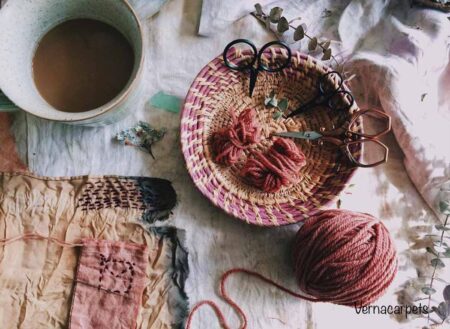
Organic Life
Are natural colors better or chemical colors?
- Natural colors become brighter over time, but chemical colors lose their quality over time or due to exposure to the sun.
- The use of natural colors together gives a special harmony and coordination to handwoven carpets, but in the case of chemical colors, this harmony does not exist in the case of colors.
- Natural colors provide us with a wide range of colors, but chemical colors have limitations.
- Natural colors have much more stability than chemical colors.
- With the passage of time and washing, the quality and brightness of natural colors increases, but chemical colors lose their brightness due to washing more.
- Chemical colors are attractive and seductive at first, and natural colors are gentle, but over time, this shine of chemical colors will disappear.
- Natural dyes have a pleasant smell and can remove the unpleasant smell of wool, but chemical dyes cannot remove the smell of wool.
- A carpet dyed with natural colors has more polish than a carpet dyed with chemical dyes.
- Natural dyes do not harm the environment because they are of vegetable, animal and mineral origin, but chemical dyes introduce chemicals into the waste during the dyeing process, which causes environmental pollution.
- Natural colors give the consumer a sense of peace due to being organic, healthy and in harmony with the space.
In general, the natural colors used in carpets are divided into 2 general categories, and we will examine the characteristics of each of them below.
Plant Dyes
There are plants that are used to dye the fibers of handwoven carpets. Certainly, vegetable dyes are the first colors that were used for dyeing. There are many plants that are suitable for this work. Among the vegetable dyes, you can find madder, reseda, grape leaf, beetroot, onion shell, mulberry tree, walnut shell, pomegranate shell, chamomile, woad, turmeric, saffron, we will describe them.
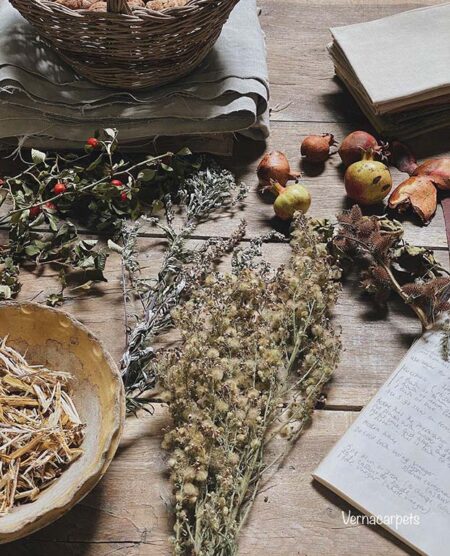
Natural Dyes
Madder
Madder is one of the most important plants from which natural red color is extracted. This plant can be found in many parts of Iran. The leaves and stems of this plant are used as fodder for animals, and its roots are used for dyeing. To obtain the red color, the roots of this plant are dried and boiled in water. After cooking, the resulting colored substance is obtained.
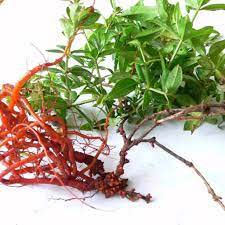
Madder Root
Also read:
Dyeing of handwoven carpet and traditional and industrial methods
Saffron
Since the time of ancient Greece, saffron has been used in the dyeing of silk and luxury textiles. Saffron is a rare and valuable plant that is cultivated on a small scale and has a small harvest, but it is economically justified for expensive carpets and textiles.
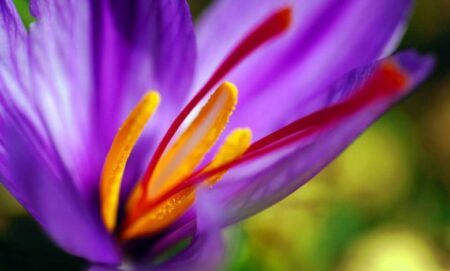
Saffron Dye
Walnut shell
The walnut tree can be seen almost everywhere in Iran. When they get the walnut fruit in the fall, they peel it, dry it and use it as a brown dye. If they rub the fresh walnut shell with their hands after some time, it turns black and is difficult to clean. If you boil dry walnut shell, you will get a reddish brown solution, which can be obtained in different color ranges of brown if you add different secondary materials. These colors are dark and light brown, orange, black.
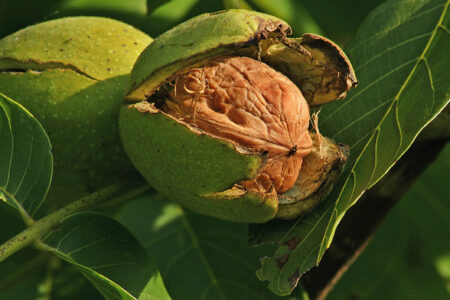
Walnut Shell
Pomegranate shell
Pomegranate shell is used to obtain gray, creamy and dark colors. Pomegranate fruit and flower were also used in the past to obtain red color.
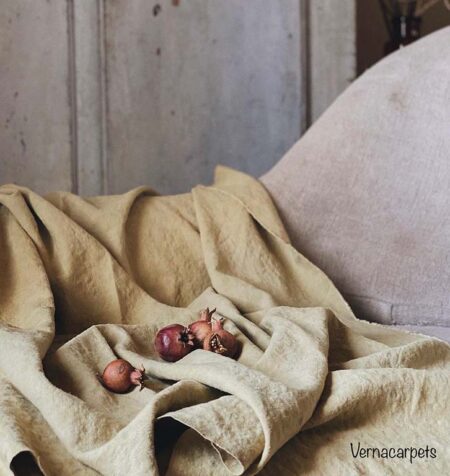
Pomegranate Shell
Grape leaves
Grape leaves are used for dyeing. This leaf has little color, but with the help of auxiliary substances, various colors can be obtained from it. White alum turns the color obtained from grape leaves yellow. Iron salts make it olive and copper sulfate turns it green. Also, by adding an alkaline secondary substance, an orange color is obtained from it, but acids have no effect on it.
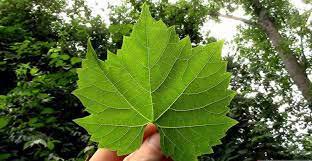
Grape Leaves
Indigo
Indigo is a plant with a wooden stem that is found in the south of Iran and Baluchistan. Historians believe its origin is in India. The process of obtaining blue color from this plant is a difficult matter.
The traditional method of obtaining indigo dye is to dry the leaves of the plant, which contain 90% of the dye, and after crushing them, put them in a container and add water to it. It collects at the bottom of the container. Then it is stirred quickly in another container. The presence of oxygen in the air causes it to oxidize and a deep blue color is obtained.

Indigo
Woad
A plant with the scientific name of “Isatis tinctoria”, which is widely found in the Caucasus and Central Asia to Western Asia, and is used to obtain blue and purple colors.
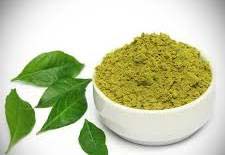
Woad
Reseda
This plant is one of the oldest yellow plants and is 5000 years old and is grown in most parts of Iran.
There is a colored substance in all parts of this plant, but more yellow substance is obtained in its flower, stem and leaves, which is used for dyeing wool. To prepare yellow color from this plant, it is placed in cold water and heated without boiling, the desired color is obtained, then that color is added to the fibers. By adding different secondary materials, different ranges of yellow, golden, and orange colors are obtained.
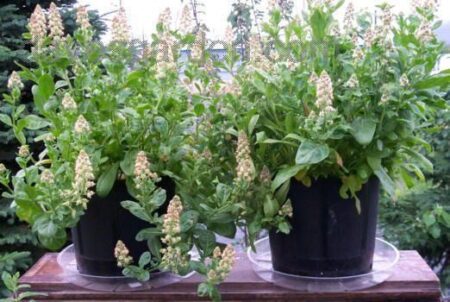
The Leaves of Reseda Contain a Yellow Dye
Onion shell
In dyeing, red onion shell is used to obtain copper and orange colors. Add the onion skin to a container of water and boil for one hour until the dye is obtained.
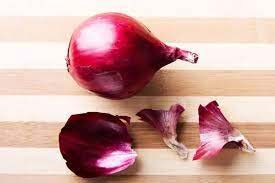
Onion Shell
Sumac
Sumac with the scientific name “Rhus Coriaria” is a shrub that can be found in abundance in almost all parts of Iran. This plant is used by adding various secondary substances to obtain brown to purple colors.
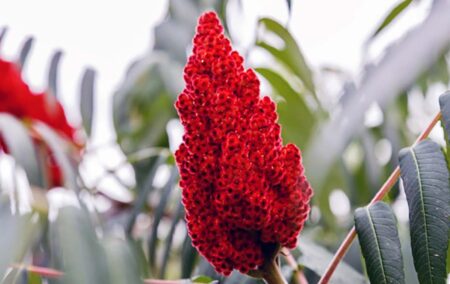
Sumac Grows as a Shrub
Raspberries
Raspberry is an edible plant that grows mostly in the north of Iran. Raspberries are used to obtain dark gray colors.

Raspberries
Turmeric
Turmeric is one of the most famous natural dyes, which can be obtained by adding various secondary substances to it. By adding white alum, a green to orange color is obtained. Also, by adding iron salts, a blackish color is obtained.

Turmeric is a Natural Material for Dyeing
Animal Dyes
Among the animals and insects, there is a type called cochineal, which is used to produce color for various purposes. The cochineal bug lives in the tropical regions of India and sits on sweet fruits, and the red lacquer color is obtained from the body of this insect. In Iran, we know this color as lacquer. This insect with the scientific name “Coccus Lacca” secretes a substance in the form of gum on the trees, which has a dye.
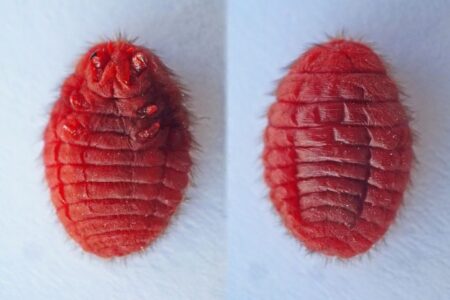
An Insect that looks like a Sneaker that Lives on Fig Trees
The cochineals are dried and dissolved in water and mineral acids as a powder. The result is a good red color, which, if combined with an alkaline substance, produces a purple color, and by combining with vegetable dyes, it produces a variety of color spectrums.
This substance entered Iran through India and was welcomed. The use of red pigment is common for Kerman carpets, Yazd carpets, Isfahan carpets, Kashan carpets, and Khorasan carpets, but it is rarely used for Tabriz carpets and Ardabil carpets. Because in these areas madder is mostly used to get red color.
Also read:
Varieties of animal dyes
- Cochineal insect (red)
- Cow urine (Indian yellow)
- Lac insect (red, violet)
- Octopus(brown)
- Vermilion cream
Metallic dyes
Metallic dyes are obtained from mineral metal compounds and are found naturally in nature.
- Iron oxide (yellow and red)
- lead oxide (azure blue )
The process of dyeing has a long history. The production of colored wool yarn using plants and natural materials requires a lot of trial and error and requires high knowledge and skill. Therefore, this practice can be called art because if the quality of the colors increases, the quality of the handwoven carpet increases And if the quality of the colors is low, it reduces the value of the carpets.
In this article, we tried to familiarize you with the types of plant and animal dyes and their properties. We also explained the differences between natural color and chemical color. We hope you will use this article. If you have any experience with dyeing, share it with us.

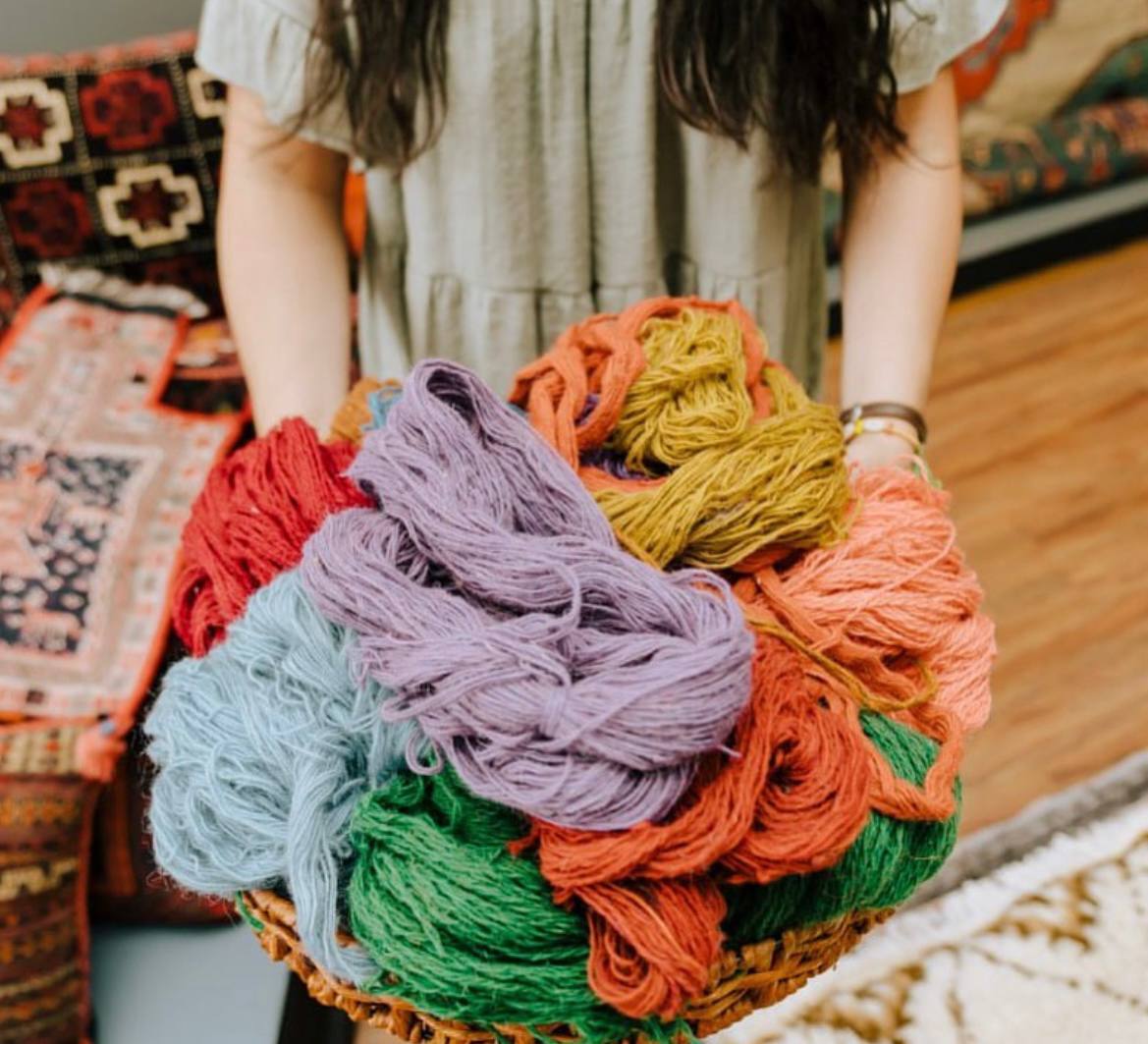
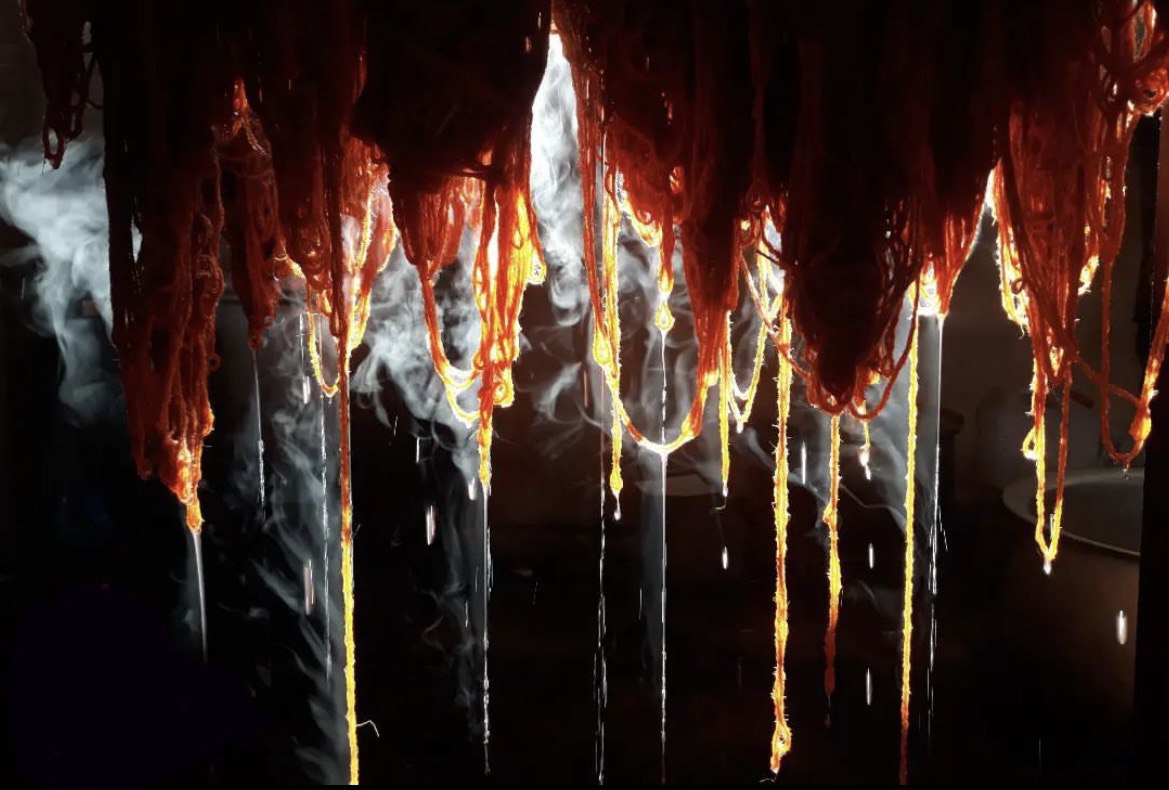

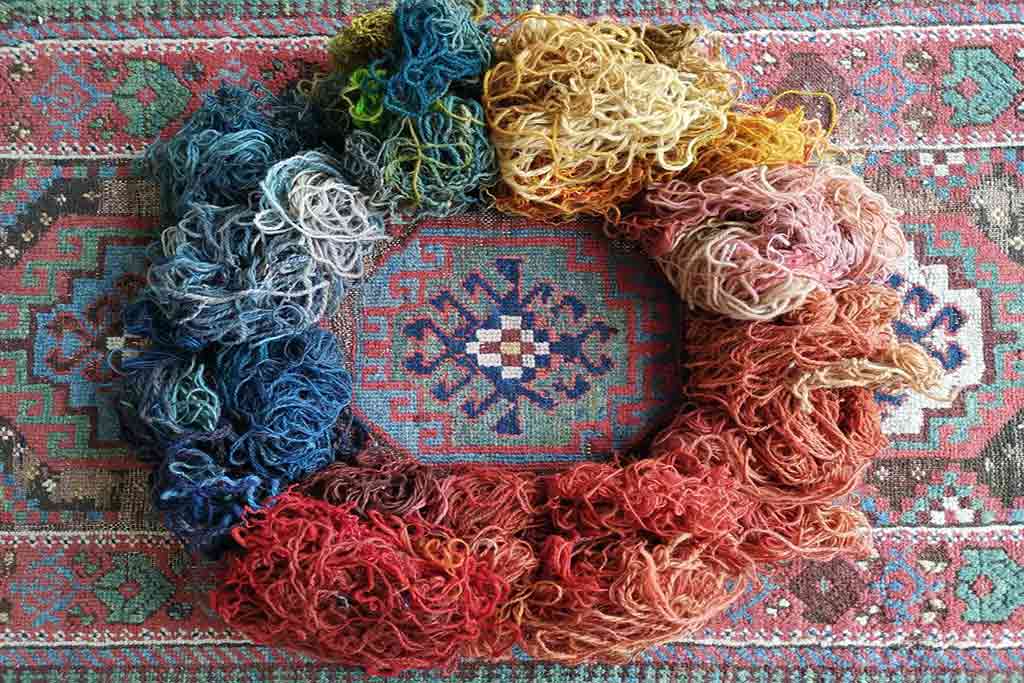
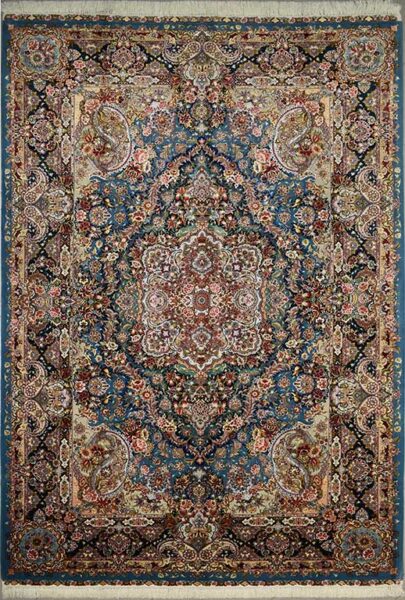

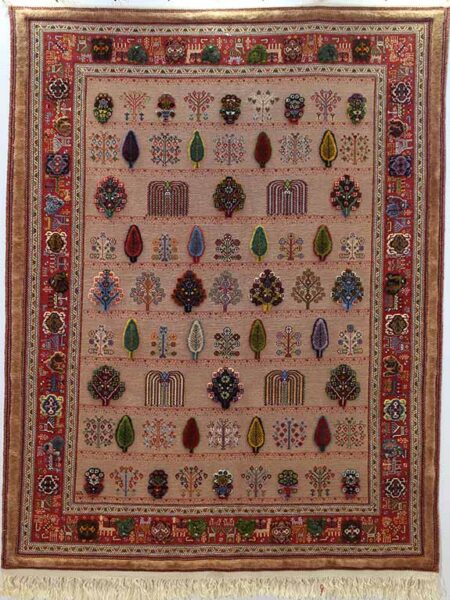
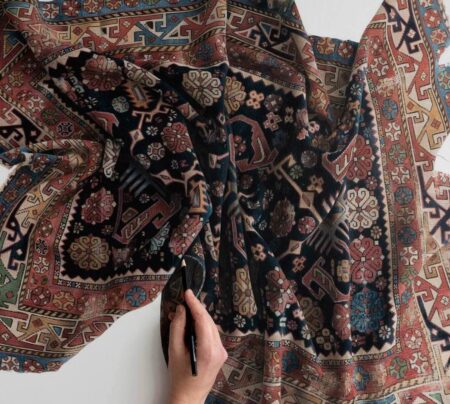

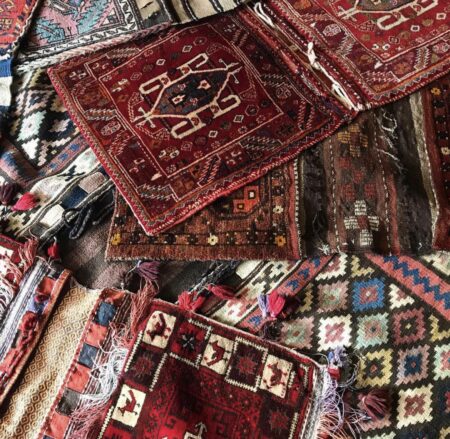

3 thoughts on “Types of Natural Dyes in Carpets and Their Characteristics”